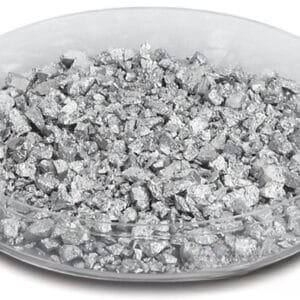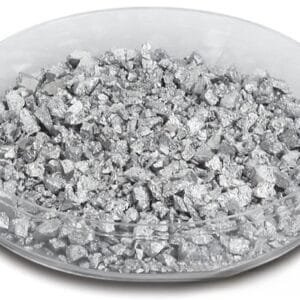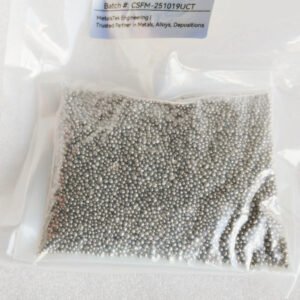TFM: Antimony Trisulfide Evaporation Materials Overview
Antimony trisulfide, with the chemical formula Sb₂S₃, is a key sulfide ceramic material used in evaporation processes. TFM provides high-purity antimony trisulfide evaporation materials essential for creating high-quality deposited films. Our materials achieve up to 99.9995% purity, ensuring superior performance in various deposition applications. TFM is dedicated to quality assurance processes that ensure the reliability of our products.
Related Products
- Antimony Evaporation Materials
- Sulfide Ceramic Evaporation Materials
Antimony Trisulfide Evaporation Materials Specification
| Material Type | Antimony trisulfide |
| Symbol | Sb2S3 |
| Appearance/Color | Grey / black orthorhombic crystal (stibnite) |
| Melting Point | 1,150 °C (2,100 °F; 1,420 K) |
| Density | 4.562 g/cm3 |
| Purity | 99.9% ~ 99.99% |
| Shape | Powder/ Granule/ Custom-made |
Applications
Antimony trisulfide evaporation materials are widely utilized in various deposition processes, including semiconductor deposition, chemical vapor deposition (CVD), and physical vapor deposition (PVD). These materials are primarily used in optics applications such as wear protection, decorative coatings, and display technologies.
Packaging
Our antimony trisulfide evaporation materials are meticulously tagged and labeled for easy identification and quality control. We ensure that our packaging prevents damage during storage and transportation.
Contact Us
TFM is your go-to source for high-purity antimony trisulfide evaporation materials, available in various forms such as tablets, granules, rods, and wires. We also offer customized shapes and quantities to meet specific needs. In addition to evaporation materials, we provide evaporation sources, boats, filaments, crucibles, heaters, and e-beam crucible liners. For current pricing and inquiries about materials not listed, please contact us directly.


 MSDS File
MSDS File



Reviews
There are no reviews yet.